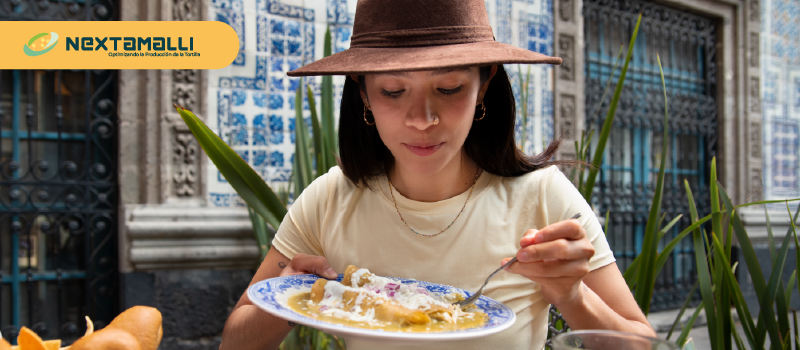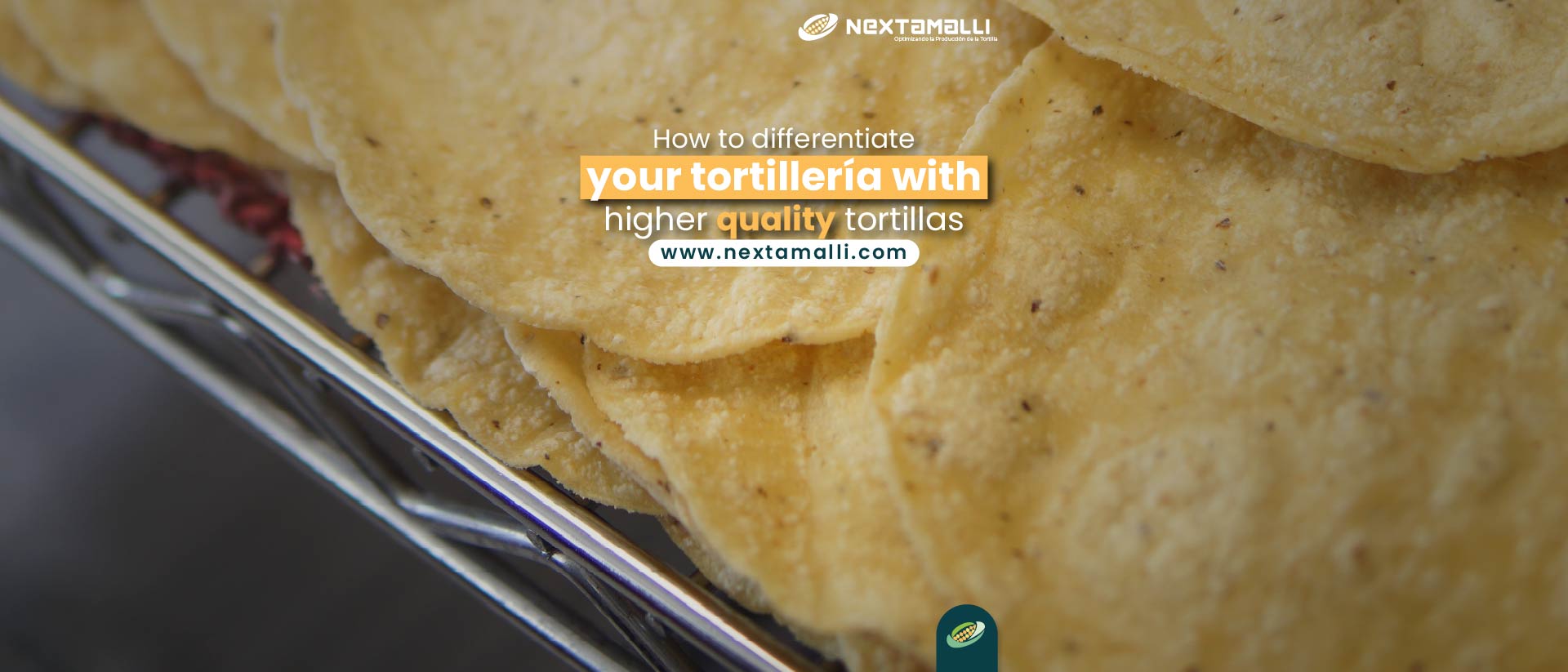Mexican cuisine is known for its rich flavors, diverse ingredients, and unique preparation methods. One of the most important components of Mexican cuisine is nixtamal, a dough made from dried corn kernels that have been soaked in an alkaline solution, typically made from slaked lime. The process of making nixtamal is ancient and has been used in Mexican cuisine for thousands of years.
Nixtamal is used as the base for many popular Mexican dishes such as tortillas, tamales, sopes, and gorditas. The process of making nixtamal removes the outer layer of the corn, making it easier to digest and increasing the availability of nutrients, including niacin, an essential vitamin that can prevent pellagra, a disease caused by a niacin deficiency.
Tortillas, made from nixtamal, are one of the most popular and recognizable Mexican dishes. They can be used as a base for tacos, enchiladas, and tostadas. Tamales, another popular dish made from nixtamal, consist of corn dough stuffed with meat, vegetables, or cheese, and steamed in a corn husk. Sopes and gorditas are thick, fried tortillas that are typically topped with beans, meat, cheese, and vegetables.
Aside from its use in traditional Mexican cuisine, nixtamal has also been adapted for modern dishes. In recent years, chefs have used nixtamal to create unique and inventive dishes, such as nixtamalized cornbread, nixtamalized grits, and even nixtamalized ice cream.
Nixtamal has also gained attention for its health benefits. As mentioned earlier, the process of making nixtamal increases the availability of nutrients, making it a healthier option than other types of corn-based products. Additionally, nixtamal has a lower glycemic index than other types of corn-based products, making it a better option for those with diabetes.
In conclusion, nixtamal is an essential ingredient in Mexican cuisine and has been for thousands of years. Its versatility, health benefits, and unique flavor make it a staple in both traditional and modern Mexican dishes. So next time you enjoy a taco or tamale, remember the ancient process of nixtamalization that went into making it.
References:
- Adjepong, Y. (2018). Afrofuturism in food and music. Munchies. https://munchies.vice.com/en_us/article/j5nz97/afrofuturism-in-food-and-music
- Beristain, C. (2015). A journey to the land of nixtamal. Food52. https://food52.com/blog/14270-a-journey-to-the-land-of-nixtamal
- Díaz, B. (2019). The ancient art of nixtamalization in modern-day Mexico. The Spruce Eats. https://www.thespruceeats.com/nixtamalization-4126446
- Esparza, B. (2016). The history of tortillas: From 10,000 B.C. to tacos. Smithsonian Magazine. https://www.smithsonianmag.com/arts-culture/brief-history-tortillas-180959873/





